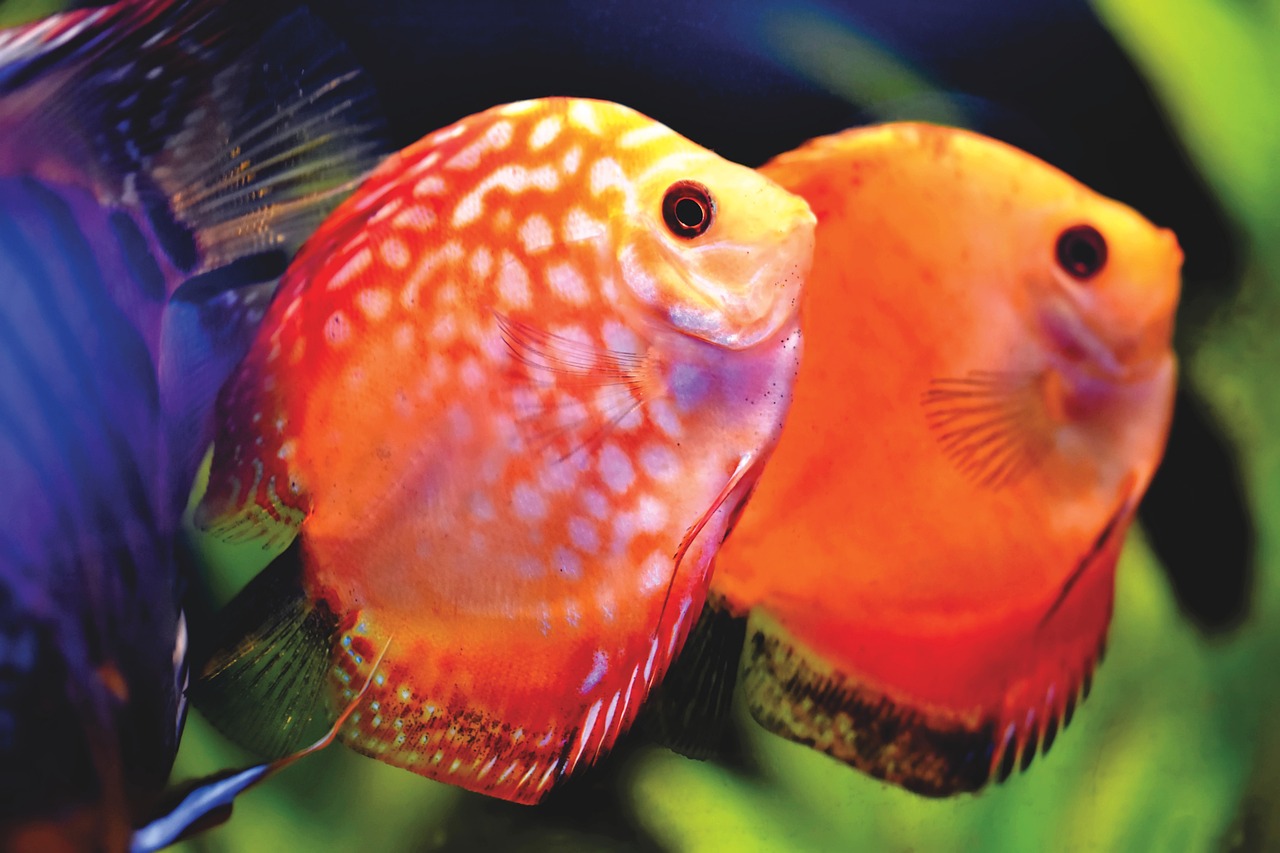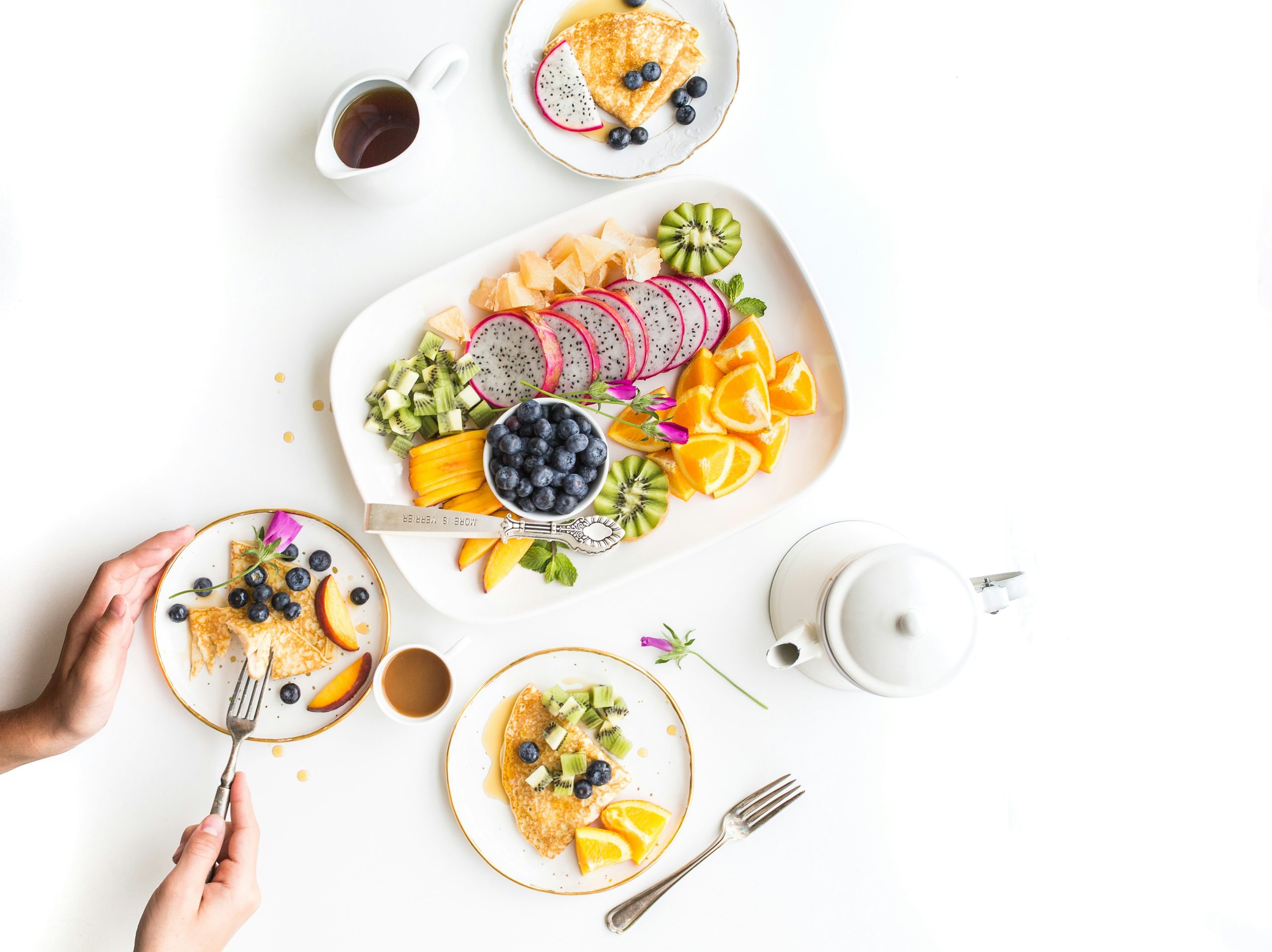![]()
All tea comes from the Camellia sinensis plant’s leaves. The fashions of tea are created by changing the chemistry and the shape of this foliage known as processing’ or’manufacture.’ This lesson will look at tea creation.
Tea processing is just five measures; though teas replicate them a few times, some teas do not use each of these steps. Standard processing is Plucking, Withering (letting the leaves to wilt and soften), Rolling (to form the leaves and stalks from the juices), Oxidizing (see below), and Firing (ie: Drying).
It is currently Oxidizing. Oxidation takes place when oxygen is interacted with by the enzymes at the tea leaves following the cell walls have been broken. This can occur through crushing, cutting, or rolling, or much more gradually through the decomposition of the foliage. You find exactly the procedure in a slice of fruit. Left to sitan apple will turn brown. Cut or pinch the apple, and it’ll brown. Interestingly, if you inhale the apple, then it won’t brown. The beautiful apple pieces within a pie will appear as clean as when you put them. This is due to heat (at or above 130 degrees) stops enzymatic oxidation and activity. Since we are likely to return to it, keep that notion in your mind for a little.
NOTE: “Oxidation” is still known by some from the tea sector as”fermentation.” This stems that what happened to this tea leaves was like the fermentation of grapes. Everybody understands this is oxidation, but as a result of its long history, the word”fermentation” is still employed. This is very common to hear by tea pros in India.
The five styles of tea are Black, Green, Oolong, White and Pu’erh.
White Tea is unprocessed tea. The title comes from the fuzzy white” down” that seems on the unopened or opened buds – that the brand new increase on the tea bush. White tea is plucked and permitted to wither dry. That is it. In case the weather is not cooperating, the leaves might be placed to a gentle tumble drier on very, very low heat to help (tea waits for no one, not spring pops ), but the leaves aren’t wrapped, shaped, etc.. Some oxidation does occur as it may have 2 or a day to air dry the tea leaves. That is the reason a few white teas, such as the timeless White Peony, reveal leaves of diverse colors (green, white, and brown). White teas would be the most delicate in odor and taste and create yellowish or pale green spirits.
Green Tea is plucked, withered and wrapped. It isn’t oxidized since employing heat prevents oxidation. Recall our apples? For green tea, the new leaves are steamed or pan-fired (pitched into a hot, dry wok) into a temperature warm enough to halt the enzymes out of browning the foliage. The same as blanching vegetables. Simultaneously, bending together with the palms, pressing to the faces of the eyebrow shapes the leaves. The leaves are then wrapped and shapes are created, each having a distinct flavor. And they’re finished the leaves are awarded their shooting to dry them. The spirits of a green tea is generally a green or yellowish color, and tastes vary from toasty, grassy (pan-fired teas) to fresh steamed greens (steamed teas) using moderate, vegetable-like astringency.
Oolong Tea is among the very time-consuming teas to make. It uses the five basic steps all, together with oxidizing performed and rolling. Oolong is a category that is intricate as it’s so extensive: that is quite true, and it is most called halfway between black and green. These teas are anywhere from 8 percent oxidized to 80 percent (measured approximately by taking a look at the total amount of brown or reddish on the foliage while the tea has been made). The leaves are wrapped, then permitted to rest and simmer for a short time. They’ll be wrapped oxidized, above and over. Many times heat is employed to slow down the enzymes a bit. Over many hours (sometimes days), what’s made is a gorgeous layering or”painting” of flavor and odor. Oolongs generally have more intricate taste than White or Green teas, using sleek astringency and abundant in flavors. Due to their taste profiles, Oolongs are excellent for all those new.
Black Tea also uses all five primary measures but is permitted to oxidize more fully. The measures are followed in a linear shape. The tea is made daily. A tea’s spirits range between red and brown. Teas supply the astringency the flavors and, sometimes. Black teas are the only type of tea often consumed with sugar and milk (although a few dark Oolong drinkers can disagree) and would be the most well-known foundations for brewed tea.
Pu’erh Tea (PU-ARR or PU-ERR) is an entirely different art. It undergoes a procedure very similar to Green tea, however, it is obsolete as pressed or tea into shapes and sandwiches, until the foliage is dried. Pu’erh is a fermented tea (and the usage of fermentation’ is right here, but not the kind which generates alcohol). Based on the sort of pu’erh being created (either dark”ripe” pu’erh or green”raw” pu’erh), the aging process lasts anywhere from several months to many decades. Very older, well-stored pu’erhs are considered”dwelling teas”, exactly like wine. They’re prized for their woodsy, own earthy or pungent odor and smooth taste.
Share This




Be the first to comment